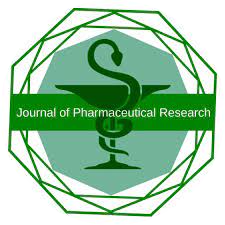


Journal of Pharmaceutical Research
Year: 2025, Volume: 24, Issue: 3, Pages: 179–184
Original Article
Reetesh Kumar Rai1, A Sudhindra Prathap2,∗, N D Jayanna3
1Associate Professor, Department of Pharmacology, MRA Medical College, Ambedkar Nagar, UP, India
2Assistant Professor, Department of Pharmacology, SDM college of medical sciences and hospital, Dharwad, Karnataka, India
3Department of Chemistry, K.L.E Society’s Shri Shivayogi Murughendra Swamiji Arts, Science and Commerce College, Athani, Karnataka, India
*Corresponding Author
Email: prathapsudhi@gmail.com
Type 2 diabetes mellitus represents a significant and escalating global health concern. Projections estimate that the number of individuals living with diabetes will increase dramatically, rising from 425 million in 2017 to approximately 629 million by 2045. While available antidiabetic medications are effective, their use is frequently accompanied by adverse effects, including low blood sugar and digestive disturbances, underscoring the need for safer alternatives. Pyridazinones, a class of six-membered nitrogen-containing heterocycles with adjacent nitrogen atoms, have emerged as promising scaffolds in medicinal chemistry. Specifically, pyridazine-3-one, which features a carbonyl group at the third position, is recognized for its wide spectrum of biological activities. By introducing a benzoxazole ring onto the pyridazinone framework, researchers aim to enhance and explore novel antidiabetic properties in these derivatives. Thus, the novel compound 1-(5-chloro-1,3-benzoxazol-2-yl)-4-methyl-1,2-dihydropyridazine-3,6-dione has been synthesized and is proposed for evaluation as a potential antidiabetic agent.
Keywords: Diabetes mellitus, Pyridazinone, Benzoxazole
© 2025 Published by Krupanidhi College of Pharmacy. This is an open-access article under the CC BY-NC-ND license (https://creativecommons.org/licenses/by-nc-nd/4.0/)
Subscribe now for latest articles and news.